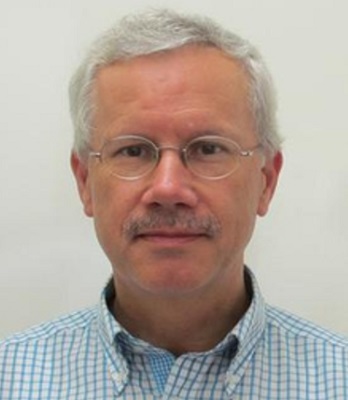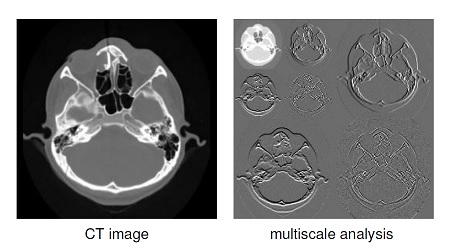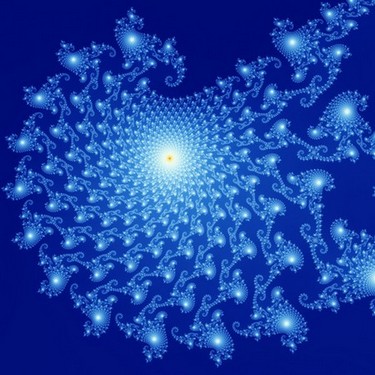Origins on a computer
The Origins Center aims to find out more about the origins of the Universe, the Earth and life. So why are mathematicians and computer scientists involved? The answer is simple: to help scientists connect information from a large number of spatial and temporal scales ranging from cell to galaxy and from seconds to eons. Part 6 in a series on the Origins Center.
There’s no simple answer to the question of how and when life began. We know that on Earth it began soon after the planet formed. But some of the building blocks may have originated from the protoplanetary disc that gave birth to our solar system. So all sorts of processes, from molecular interactions to the evolution of our galaxy, were involved.

‘One of the big challenges is to connect all these different scales for analysis and simulations’, says computer scientist Jos Roerdink. For example, astronomer Inga Kamp wants to simulate planet formation in protoplanetary discs . This process occurs over a very long timescale and the discs are huge. In contrast, life will have originated at the molecular level in a primordial pond somewhere on Earth and the chemical processes involved will have happened fast.
Challenge
‘Tools are available in mathematics and computer science for multi-scale analysis’, says Roerdink. He cites brain research as an example. ‘You can visualize large structures with techniques such as MRI, but there’s also the level of the individual neuron and the slightly bigger scale of neural networks.’ A technique such as electroencephalography, which registers the electrical activity of brain regions, is very good at temporal resolution, but less so at spatial resolution. ‘It is vital to our understanding of brain processes to connect these different scales so that we can see what is happening.’
The origin of life projects require a similar approach, but at a more ambitious level. ‘It is a challenge, but our previous work gives us a good idea of where to start.’

Another challenge is the different backgrounds of the participating scientists, but again, Roerdink can build on past experience: ‘I have worked with astronomers, biologists, medical doctors and more, so I’ve learned to speak their language.’ And his own scientific language, mathematics, is of course universal.
Simulations of the early solar system or the conditions that produced the first life on Earth are one of the things that Roerdink and his colleagues will investigate. There is plenty of software for simulations in both astronomy and biology, but the Origins Center has ambitious requirements. ‘If you are simulating interactions, the complexity increases exponentially as you increase the number of objects or parameters.’ The brute force of ever bigger computers is not the solution. ‘We need to develop new algorithms.’
Big Data

And there is the amount of data. Roerdink is co-chair of Data Science and Systems Complexity (D SSC ), which was set up to address the challenges associated with the combination of Big Data and Systems Complexity. ‘This means we’ve got lots of experience in handling large, heterogenous data sets.’
Roerdink didn’t join the project just to help others. ‘My main research is into visualization, which has many applications both within and outside academic research. I am always looking for generic solutions that can be applied to other projects. For instance, we developed a method to visualize neural networks, and later found we could use a very similar technique to do the same with genetic networks.’ His work on the origin of life may take on a life of its own.
This is the sixth and final part of a series on University of Groningen research into the origin of life and the Universe. You can read the previous articles here:
Part 1: New research centre on the origins of life, the universe and everything
Part 2: Evolving molecules point to principles of life
Part 3: Synthetic biology: building life
Part 4: The mystery of life’s broken symmetry
Part 5: Life amongst the stars
| Last modified: | 17 May 2017 11.50 a.m. |
More news
-
10 June 2024
Swarming around a skyscraper
Every two weeks, UG Makers puts the spotlight on a researcher who has created something tangible, ranging from homemade measuring equipment for academic research to small or larger products that can change our daily lives. That is how UG...
-
21 May 2024
Results of 2024 University elections
The votes have been counted and the results of the University elections are in!

